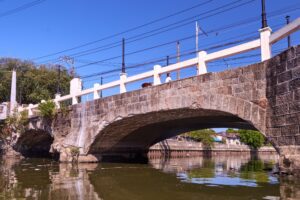
Zapote Bridge: A Timeless Landmark of Philippine History and Heritage
Nestled at the crossroads of Las Piñas in Metro Manila and Bacoor in Cavite, the Zapote Bridge stands as a silent yet powerful witness to
Manila Bay, a prominent natural harbor, plays a crucial role in the Philippines’ economic and strategic landscape. Located around the capital city of Manila, it serves as the Port of Manila, a vital hub for commerce and trade. Covering an area of 1,994 square kilometers (769.9 square miles) and stretching 190 kilometers (118.1 miles) along its coastline, the bay has historically been a gateway for socio-economic development, even before Spanish colonization.
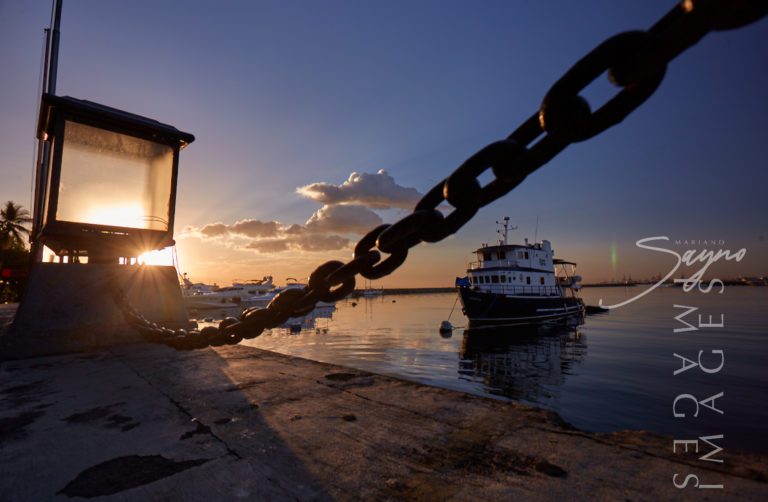
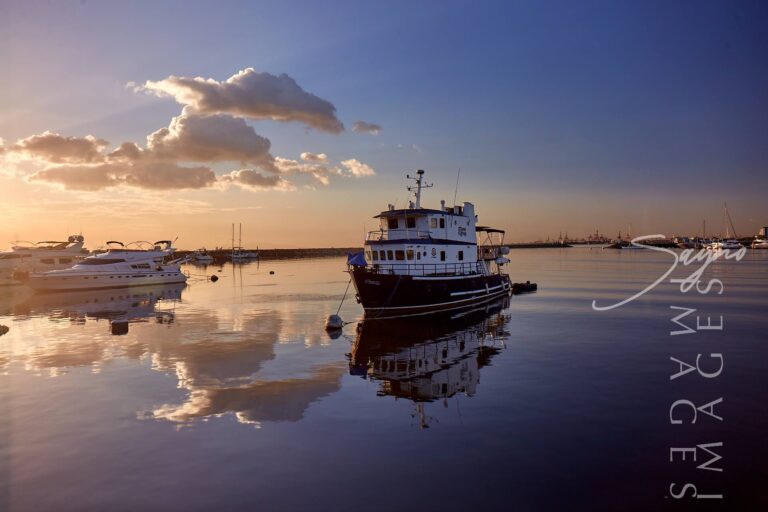
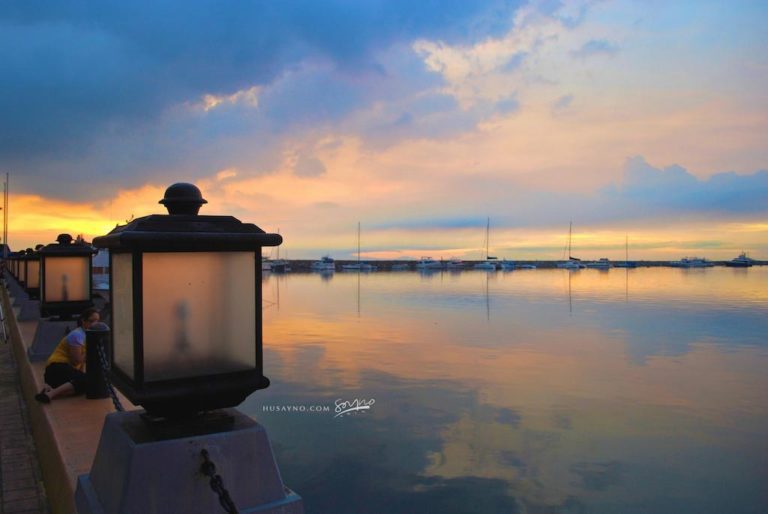
ABOVE: Manila Bay’s entrance is marked by key islands such as Corregidor and Caballo, which divide the bay into North and South Channels and hold significant historical and strategic importance.
ABOVE: Manila Bay’s entrance is marked by key islands such as Corregidor and Caballo, which divide the bay into North and South Channels and hold significant historical and strategic importance.
The bay’s geographical advantages have fostered trade and economic growth, positioning it as a key conduit between the Philippines and its neighboring countries. Over the centuries, it has adapted to various historical shifts, maintaining its role as a central player in regional trade and commerce.
The entrance to Manila Bay is marked by several notable islands, with Corregidor Island being the most prominent. Situated just 3 kilometers from Bataan, Corregidor, along with Caballo Island, plays a crucial role in dividing the bay’s entrance into the North and South Channels. These islands have historical significance and strategic importance, having been key defensive positions during various historical conflicts.
The separation created by these islands facilitates navigation and contributes to the bay’s natural defense mechanisms. This division also impacts the marine traffic and ecological dynamics within the bay, influencing both its historical and contemporary roles.
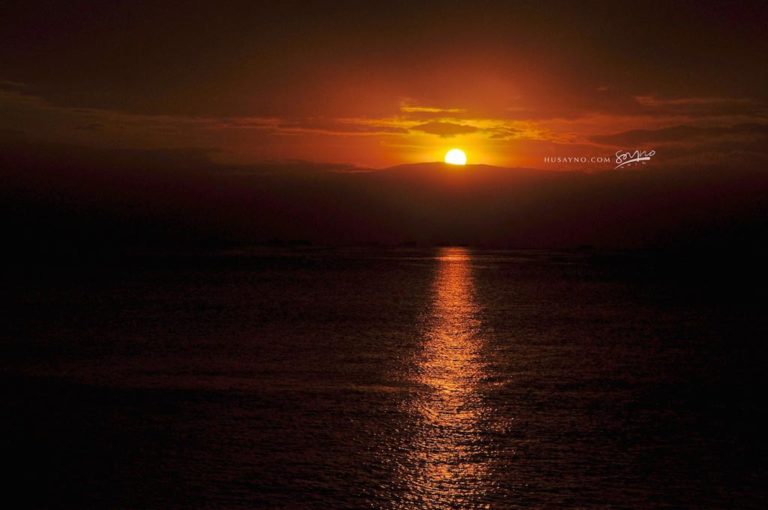
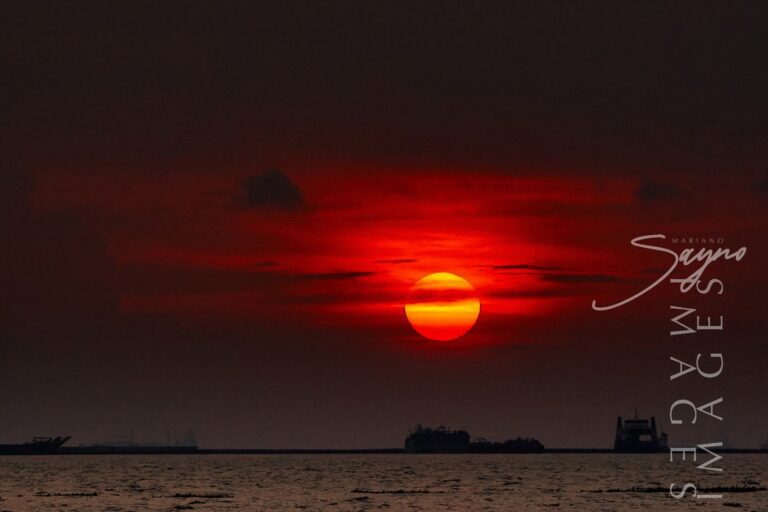
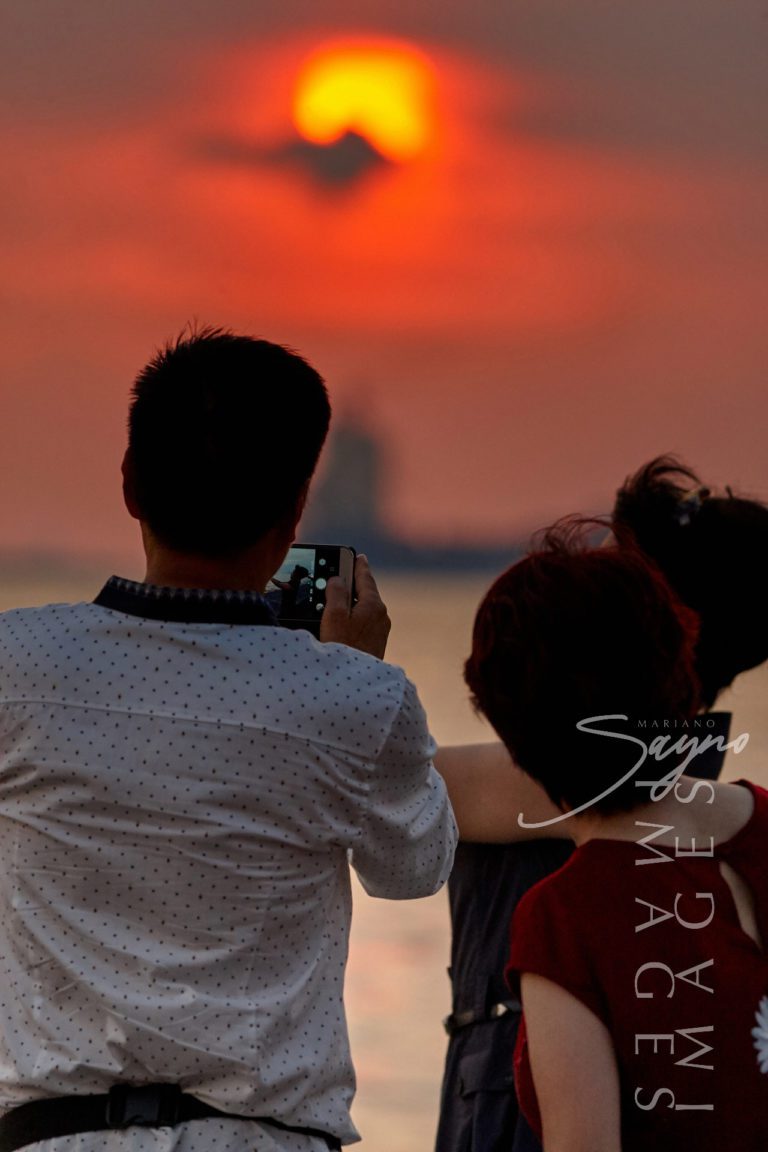
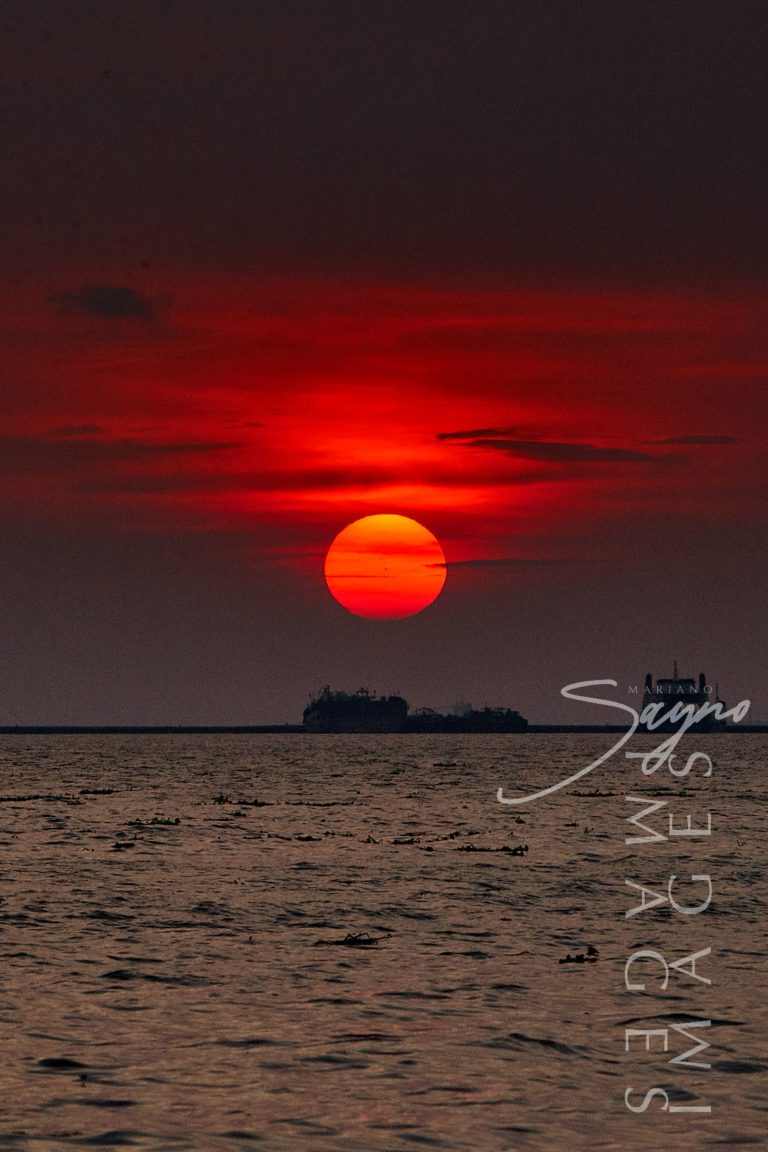
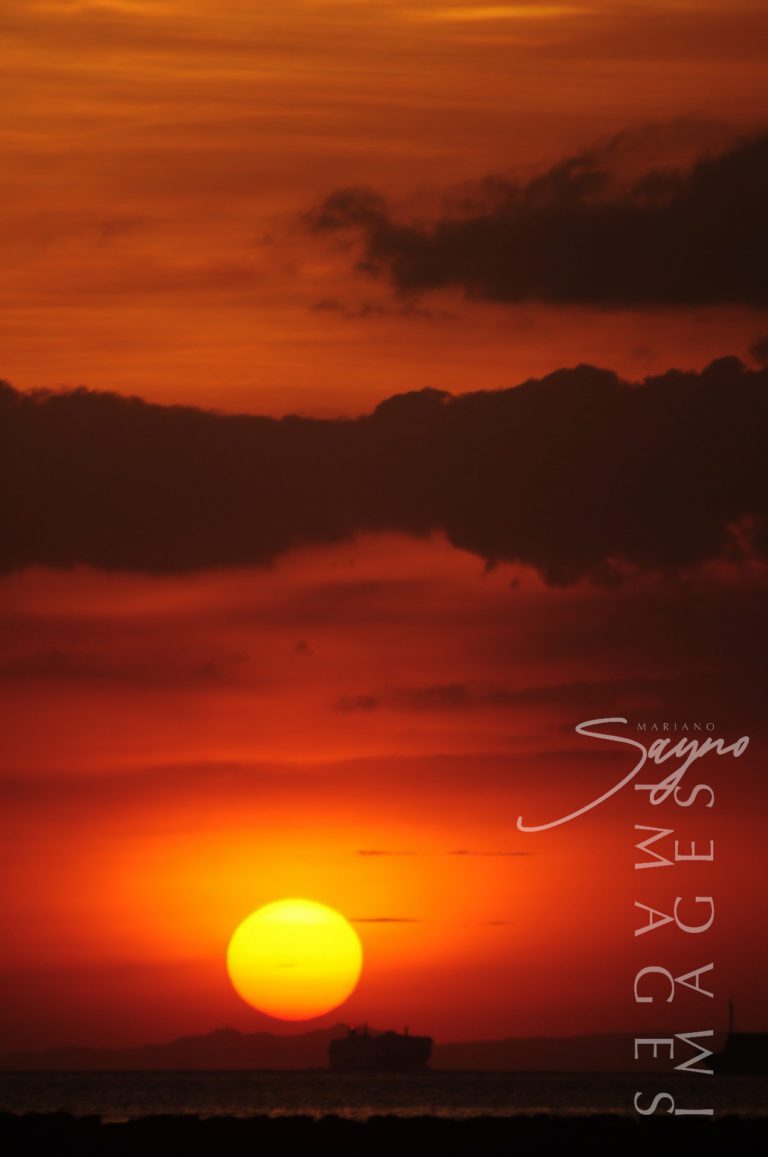
Manila Bay boasts a rich diversity of coastal and marine environments. These include upland forests, mangroves, mudflats, sandy beaches, seagrass beds, and coral reefs. This ecological variety supports a range of wildlife and contributes to the bay’s overall health and biodiversity. The bay has been a significant habitat for numerous species, with 19,139 birds from 330 families and 99 species recorded in various monitoring sites.
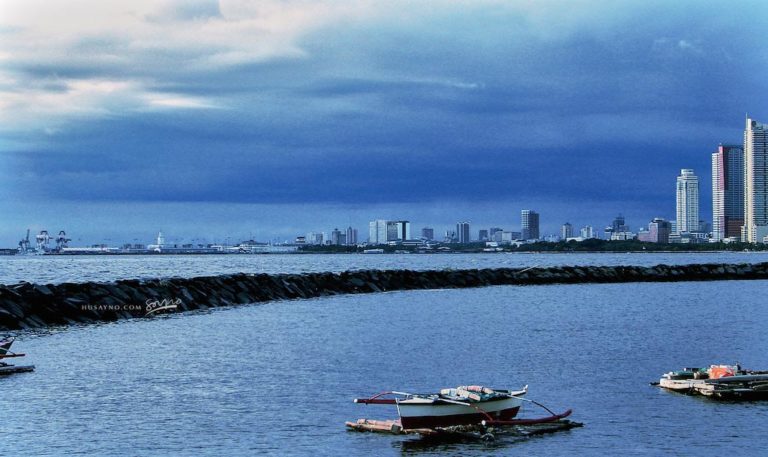
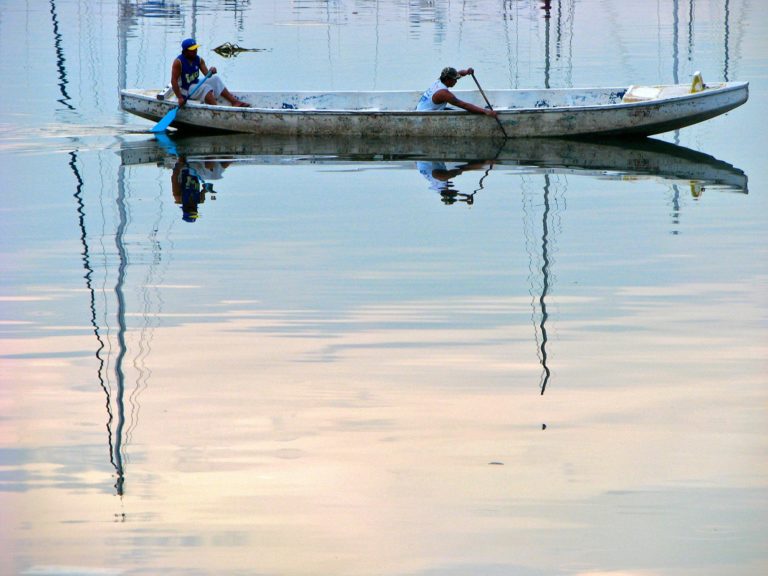
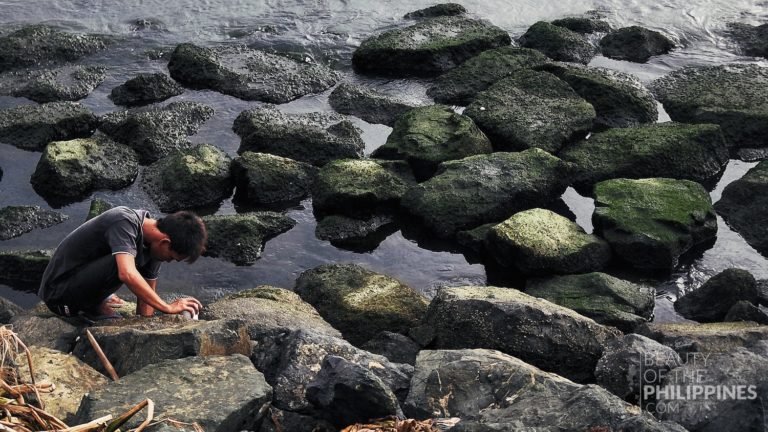
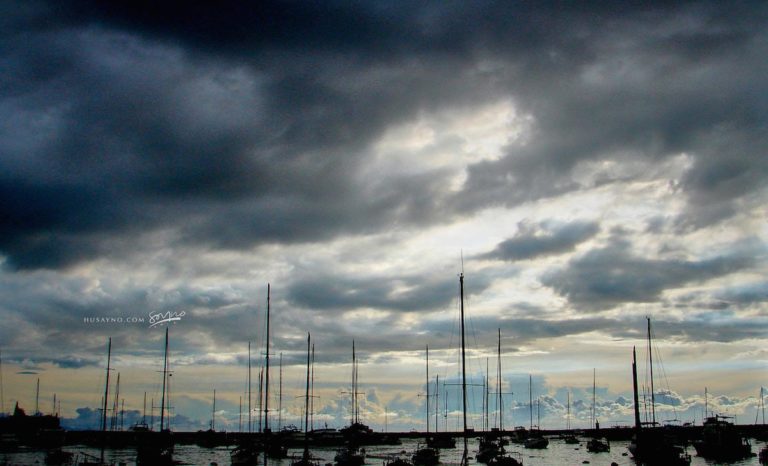
ABOVE: Manila Bay, a vital 1,994-square-kilometer harbor near Manila, not only drives regional trade but also attracts locals and tourists alike to its bay area for stunning sunset views.
ABOVE: Manila Bay, a vital 1,994-square-kilometer harbor near Manila, not only drives regional trade but also attracts locals and tourists alike to its bay area for stunning sunset views.
Among the notable avian inhabitants are endangered species such as the Chinese Egret and the Black-winged Cuckoo-shrike. Historically, the bay supported large populations of migratory birds, catfish, and mackerel. However, these species have largely been replaced by squid, shrimp, and smaller pelagic fish like herrings and anchovies due to changes in the bay’s ecological balance.
The mangrove forests around Manila Bay have experienced significant decline over the past century. Originally spanning 54,000 hectares at the turn of the 20th century, only 794 hectares remained by 1995. Despite this reduction, mangroves continue to play an essential role in protecting the bay’s coastal areas from storms and cyclones.
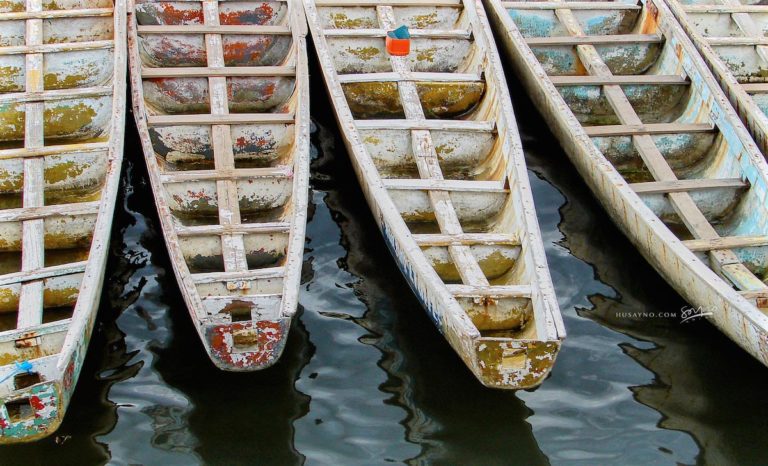
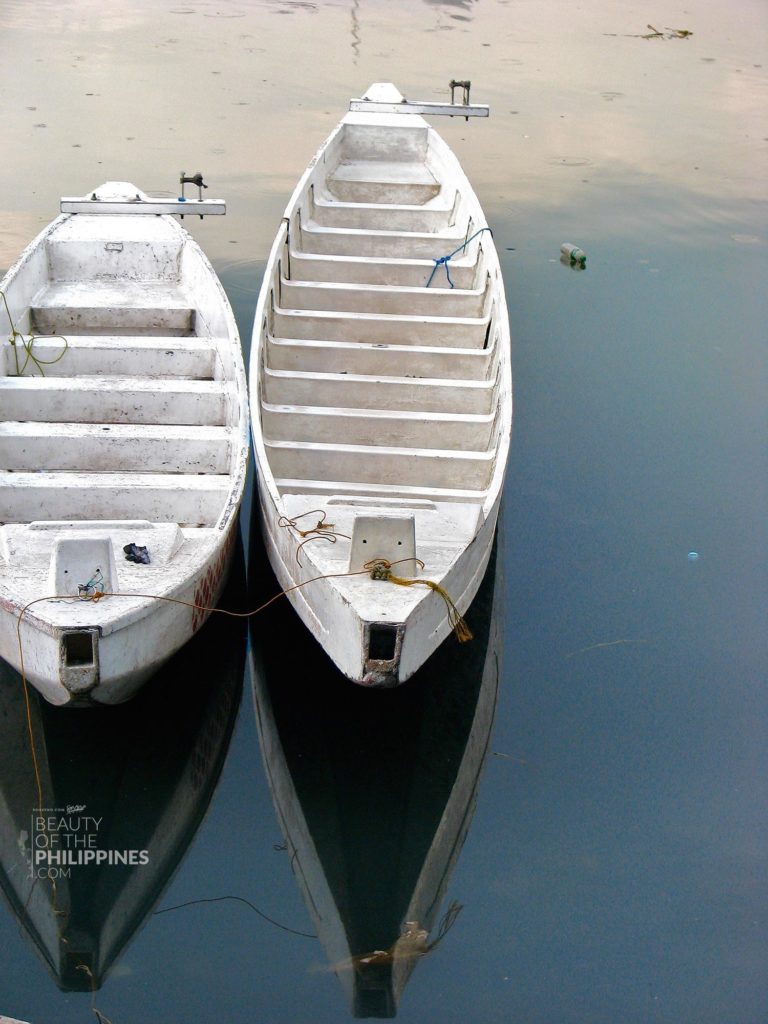
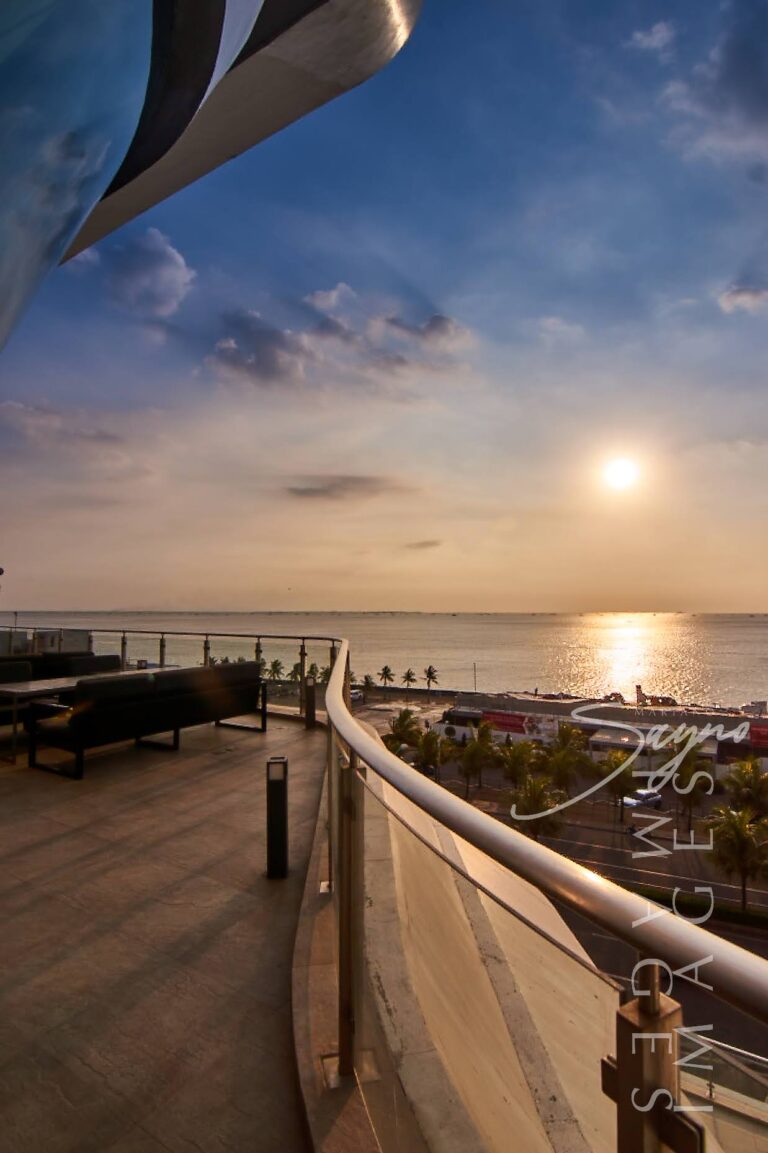

These mangrove ecosystems are home to 15 species of mangroves from 9 families. They act as a crucial buffer against natural disasters and provide habitat for various marine and terrestrial species. The preservation and restoration of these mangrove forests are vital for maintaining ecological balance and supporting biodiversity.
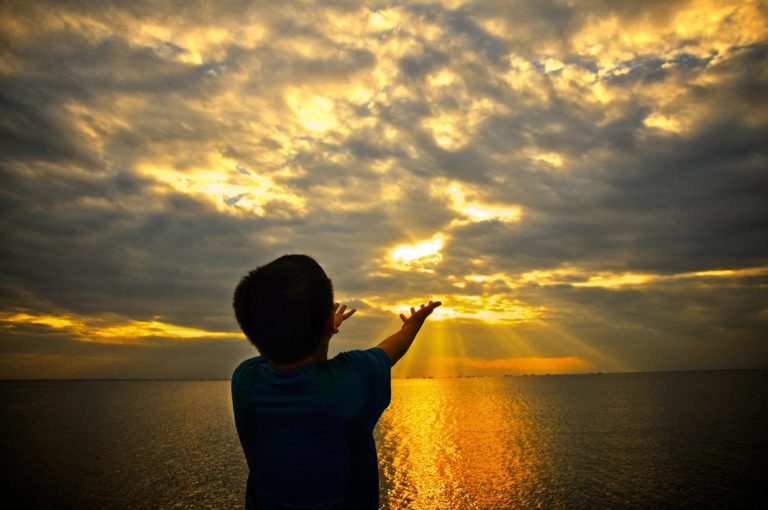
The wetlands surrounding Manila Bay cover approximately 4,600 hectares and offer a range of ecological benefits. They serve as critical habitats for fish and shorebirds, contributing to the bay’s biodiversity. Additionally, these wetlands play a significant role in maintaining and improving the water quality of rivers, lakes, and estuaries.
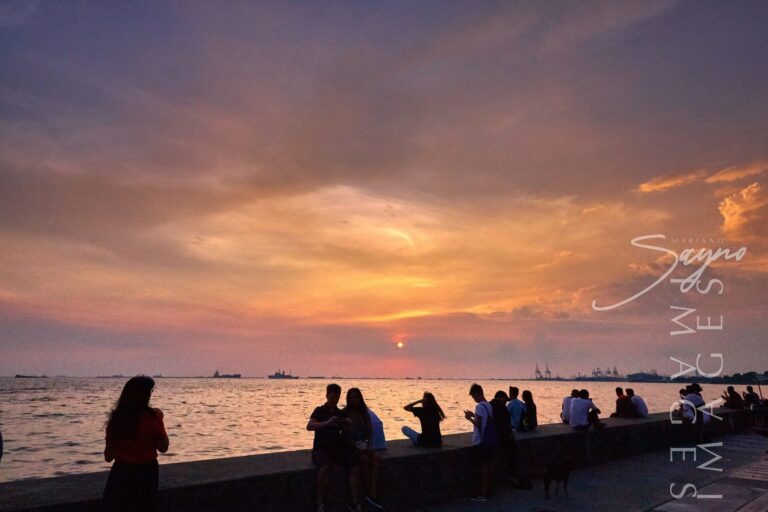
RELATED STORIES

Nestled at the crossroads of Las Piñas in Metro Manila and Bacoor in Cavite, the Zapote Bridge stands as a silent yet powerful witness to
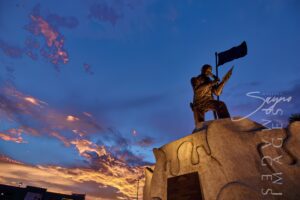
The Andres Bonifacio Birthplace Monument in Tutuban, Divisoria stands as a powerful symbol of Filipino patriotism and a tribute to the courage and leadership of Andres
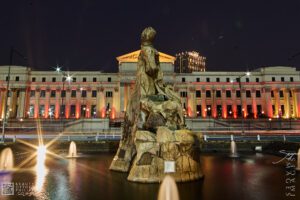
The Gomburza National Monument, located in front of the National Museum of Fine Arts along Padre Burgos Avenue in Manila, stands as a solemn tribute
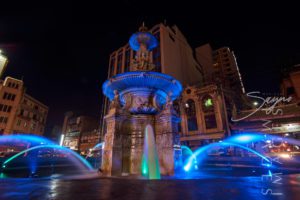
I experienced the vibrant and colorful life of downtown in full. I took some time to appreciate the beauty of Santa Cruz Church and Plaza


Wetlands also act as reservoirs for watersheds and help protect adjacent and downstream properties from potential flood damage. The diverse wetland environments, including mudflats, sand flats, swamps, beaches, and rocky shores, are integral to the bay’s ecological health and resilience.
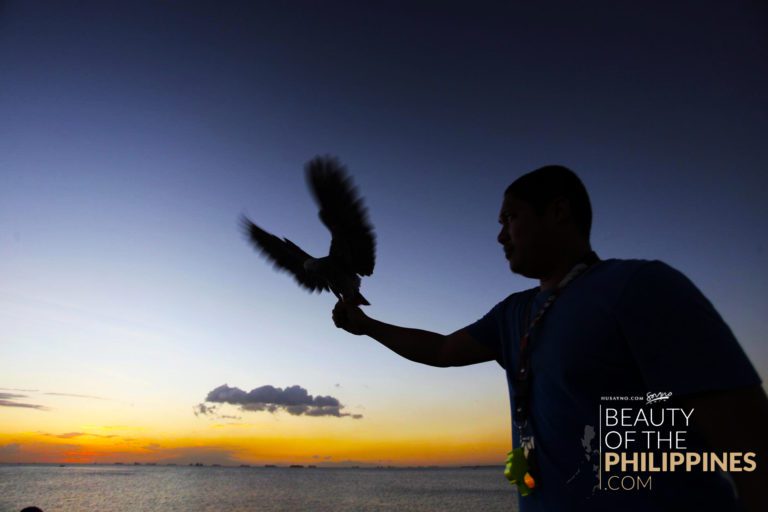
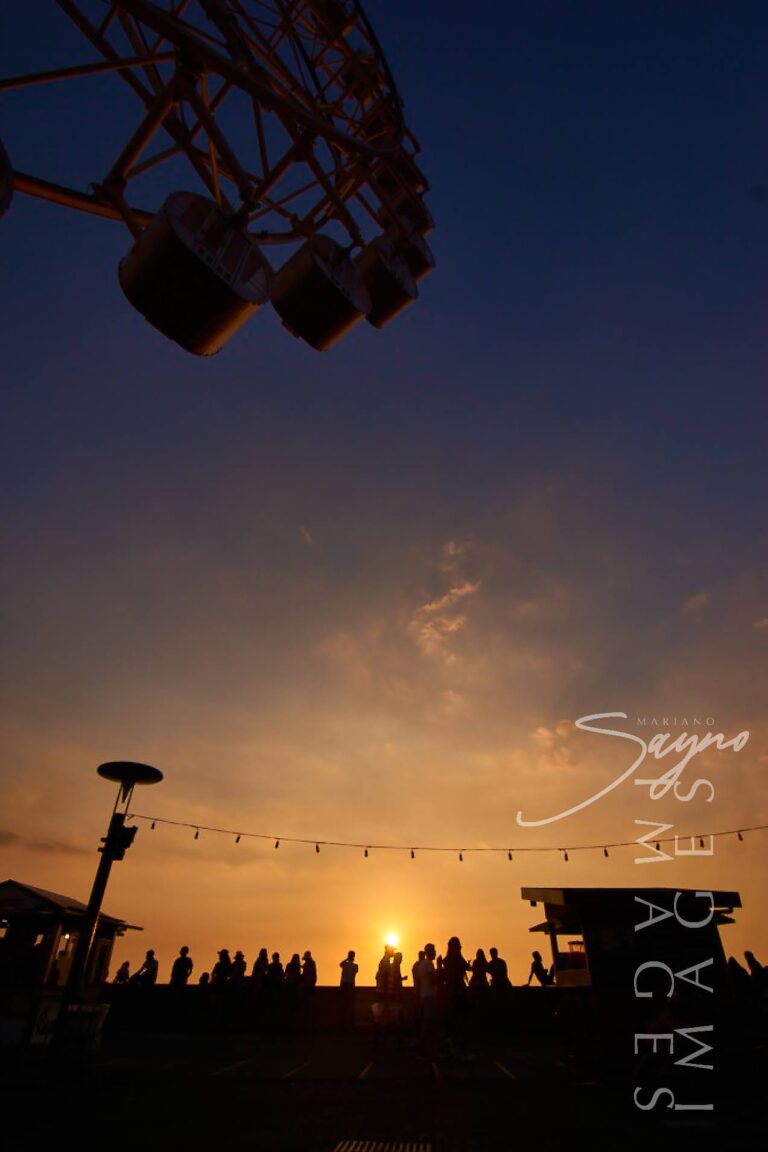
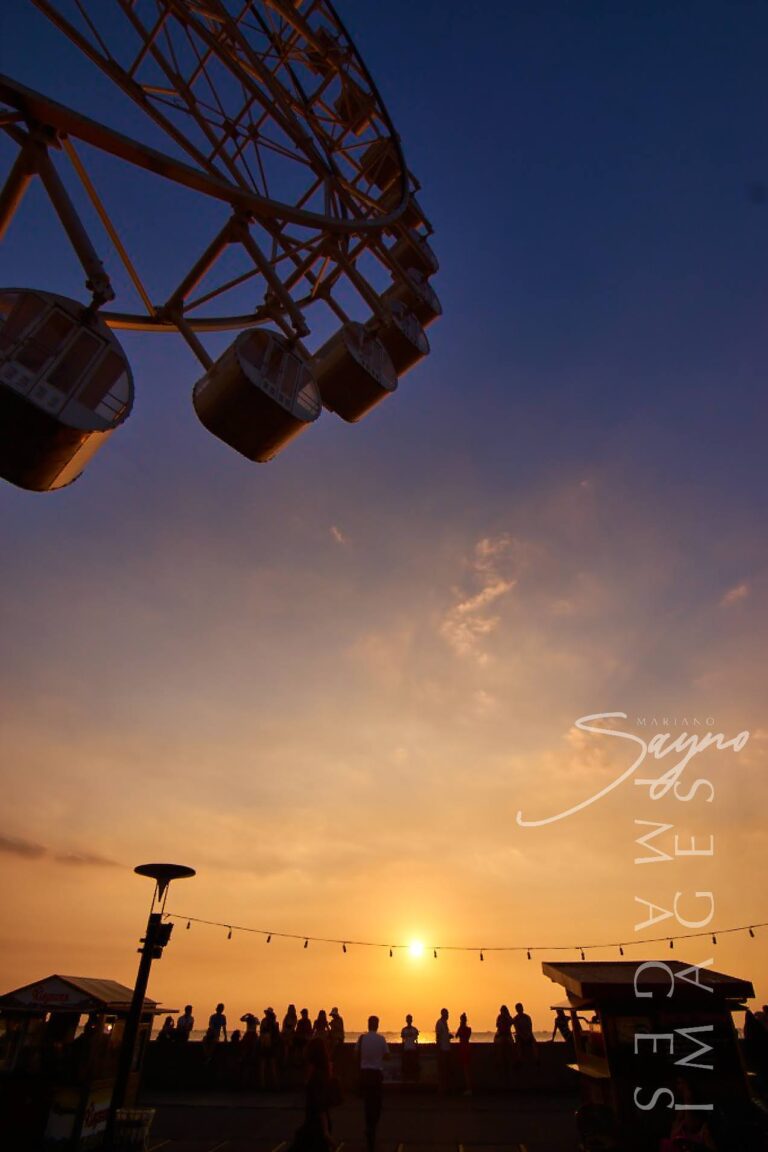
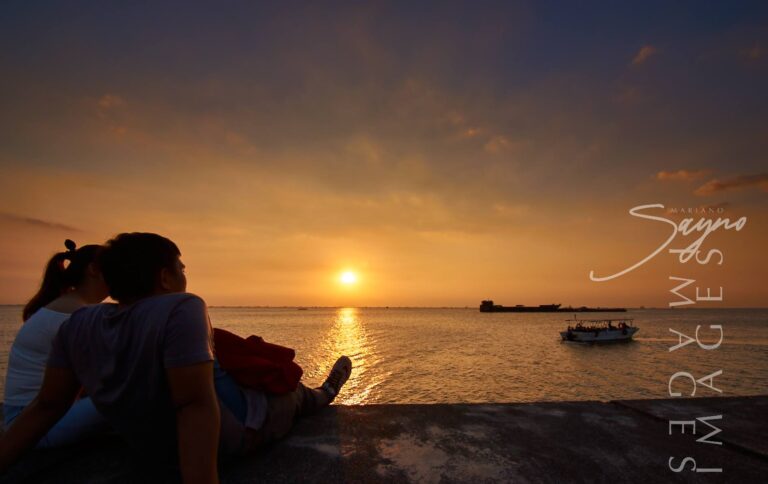
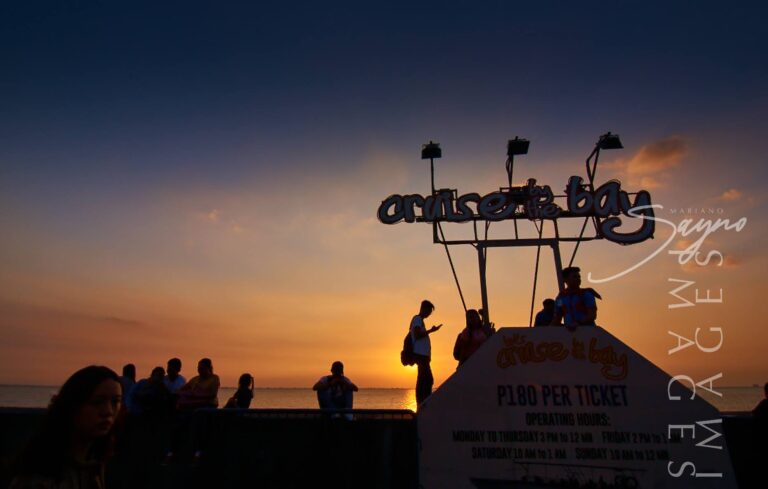
ABOVE: Manila Bay’s diverse ecosystems support wildlife, including endangered birds, and the area is bustling with boats and yachts docked near the shore.
ABOVE: Manila Bay’s diverse ecosystems support wildlife, including endangered birds, and the area is bustling with boats and yachts docked near the shore.
The Baywalk is a popular seaside promenade along Roxas Boulevard in Manila, offering stunning views of Manila Bay. Stretching two kilometers from the US Embassy near Rizal Park to the Cultural Center of the Philippines past the Manila Yacht Club, it features several statues of national figures and notable individuals.
Under the administration of Mayor Lito Atienza, the Baywalk underwent significant improvements as part of his “Buhayin ang Maynila” program. However, when Mayor Alfredo Lim took office in 2007, he ordered the removal of establishments along the promenade to ensure unobstructed sunset views. This decision led to the area being overrun by vagrants, diminishing its once vibrant atmosphere. Following its destruction by storm surges, the national government initiated a rehabilitation effort.
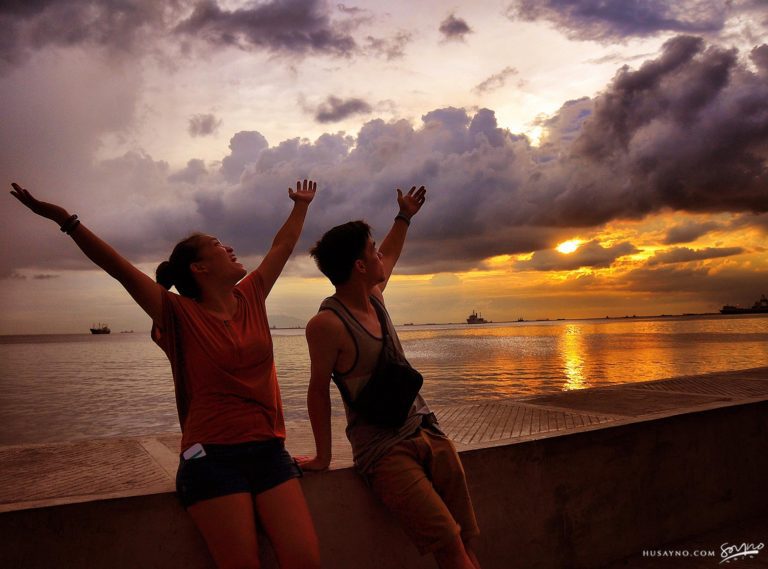
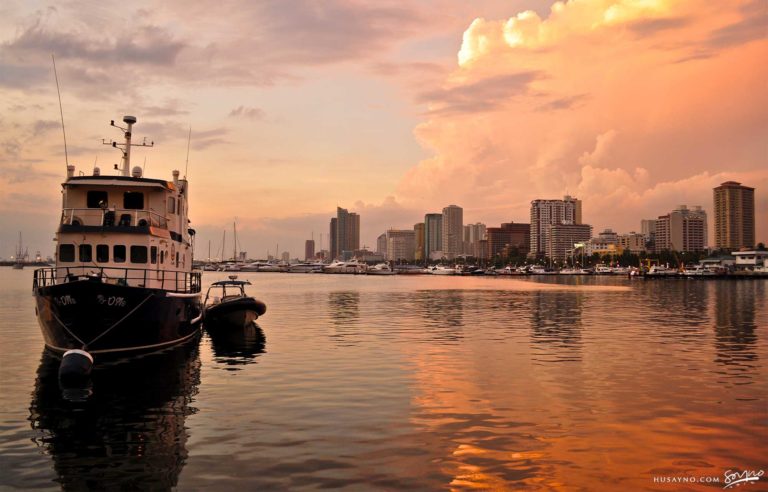
In early September 2020, Manila Bay Beach saw the launch of a significant development known as Manila Baywalk Dolomite Beach. This project, which began in January 2019, involved a comprehensive beach nourishment effort aimed at restoring and enhancing the Baywalk area. By adding new sand to the beach, the initiative sought to counteract coastal erosion, improve stability, and offer a more natural alternative to traditional hard stabilization methods like seawalls. Designed to attract tourists, bolster environmental protection, and provide additional recreational space, this project marks a new chapter in the Baywalk’s evolution.
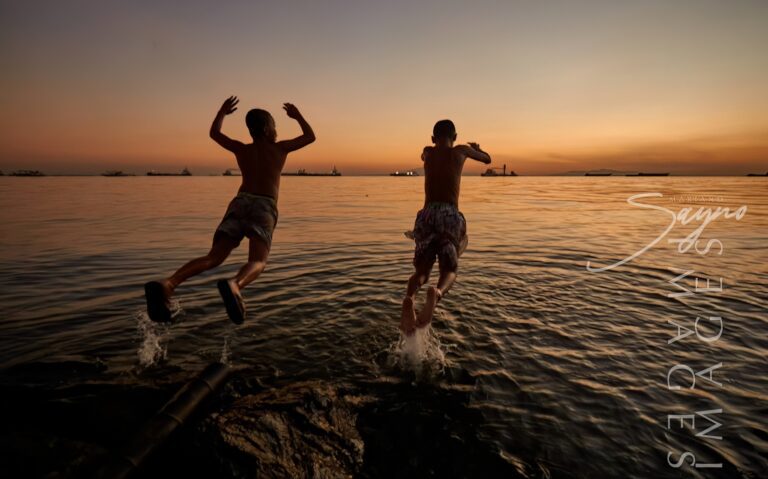
ABOVE: In the Navotas area of Manila Bay, two teenagers jumped off a concrete embankment, their bodies suspended in the air for a moment against the golden sunset.
ABOVE: In the Navotas area of Manila Bay, two teenagers jumped off a concrete embankment, their bodies suspended in the air for a moment against the golden sunset.
The project is expected to boost tourism and provide new habitats for various species, including sea turtles and beach flora. The initial success of the project was highlighted by the sighting of a flock of egrets, indicating positive ecological changes. This revitalization effort not only enhances the aesthetic and recreational value of the beach but also supports its environmental functions.
I’m looking forward to the stories and images leaving a lasting positive impression on you, just as they have on me. Stay connected with us on social media for a weekly exploration of travel assignments and breathtaking visuals. Our focus is on championing local tourism, showcasing small businesses, and honoring the magnificence of the Philippines through the content we curate. Join us in spreading the word by clicking the ‘share’ buttons below. Your support means the world to us.
EXPLORE MORE about
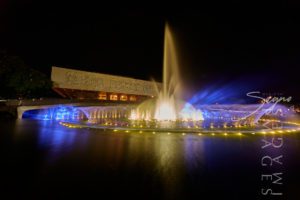
The Cultural Center of the Philippines or CCP was founded in 1966 under the directive of former President Ferdinand Marcos, in order to reinforce and

The University of the Philippines Diliman (UP Diliman) is more than just the country’s premier academic institution—it is a historical, cultural, and natural destination worth
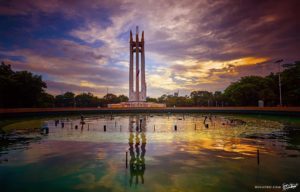
One of Quezon City’s main parks is the Quezon Memorial Circle, which is located in Quezon City and is surrounded by an elliptical road, making
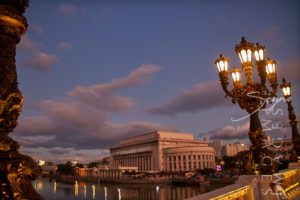
The Manila Post Office, officially known as the Manila Central Post Office, is a distinguished example of neoclassical architecture, originally designed by Juan M. Arellano,
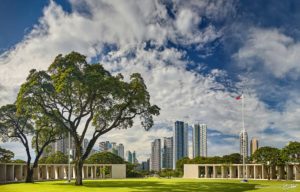
Manila American Cemetery and Memorial is located in the heart of Taguig City on the lands of Fort Bonifacio and serves as the largest grave
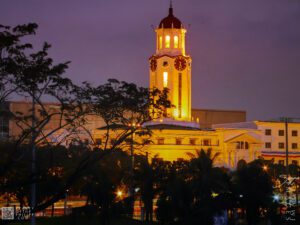
Nestled in the historic district of Ermita, Manila City Hall is more than just the seat of the city’s government—it’s a testament to the rich
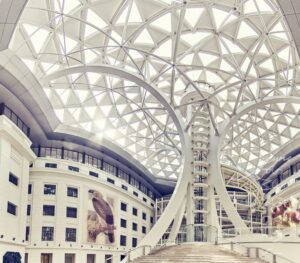
Explore the vibrant tapestry of Manila through its four national museums, each a unique gem in the city’s cultural crown. These four distinguished establishments are
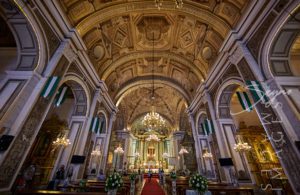
Known as one of the most important baroque churches in the Philippines and as one of the only four baroque churches in the Philippines that
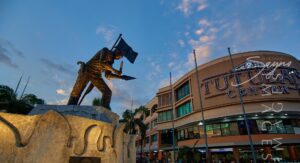
Situated in the heart of Manila, Tutuban Center is more than just a shopping destination—it’s a vibrant mix of history, commerce, and culture that draws

It is the home of the popular Asian elephant, Mali, as well as 90 other species. As well as being a landmark in Manila, the
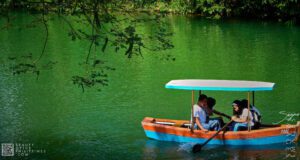
Nestled in the heart of Quezon City, La Mesa Ecopark stands as a serene sanctuary, offering both a retreat for nature lovers and an educational
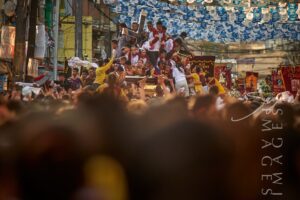
The Nazareno Festival, or the Feast of the Black Nazarene, is one of the most spectacular and deeply moving religious events in the Philippines. Held
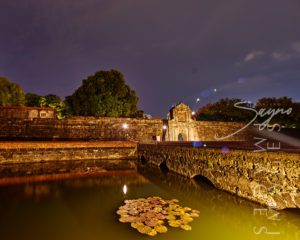
It is also known as the Walled City, and during the Spanish Colonial Period it was synonymous with the city of Manila. Intramuros was also
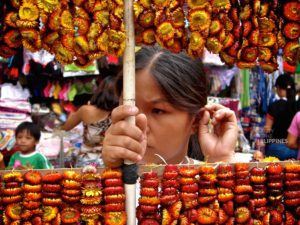
Plaza Miranda is a public square bounded by Quezon Boulevard, Hidalgo Street and Evangelista Street in Quiapo, Manila. It is the plaza which fronts the
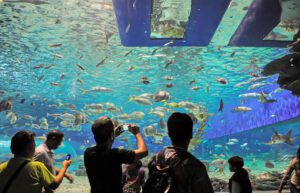
As the nation’s first ever world-class marine theme park, Manila Ocean Park is located in Ermita Manila, within the Philippines’ largest urban resort/aqua-themed hotel complex

The Gomburza National Monument, located in front of the National Museum of Fine Arts along Padre Burgos Avenue in Manila, stands as a solemn tribute
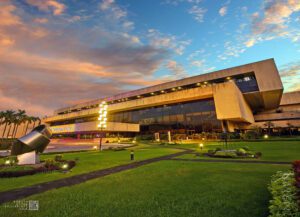
The Philippine International Convention Center (PICC) stands as a monument to the Philippines’ ambition to be a key player on the global stage. With its
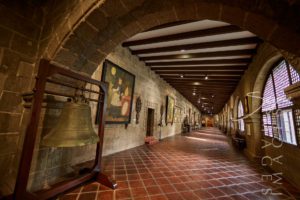
The San Agustin Museum is located adjacent to the UNESCO World Heritage Site, San Agustin Church. It is located in Intramuros—the walled city of Manila—and

The Andres Bonifacio Birthplace Monument in Tutuban, Divisoria stands as a powerful symbol of Filipino patriotism and a tribute to the courage and leadership of Andres
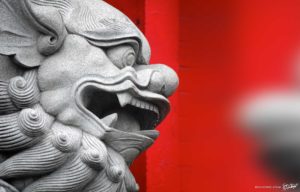
In addition to being considered the oldest Chinatown in the world, Binondo Chinatown is also the center of trade and commerce in Manila City. In

As one of the oldest cemeteries in Manila, Campo Santo De La Loma, commonly referred to as the La Loma Cemetery, is one of the
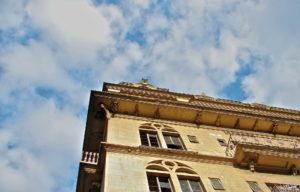
It is always a surprise for buildings, parks and houses to survive such wars as it is almost inevitable that everything will be brought down
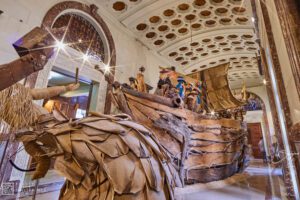
The National Museum of Anthropology, located in the heart of Manila within the National Museum Complex, is a must-visit destination for travelers eager to explore
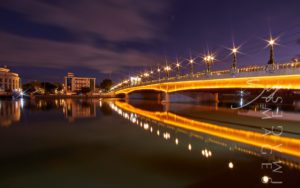
The newly restored Jones Bridge is easily recognizable by its beautifully designed black lamp posts—the same ones that were there when the bridge was first
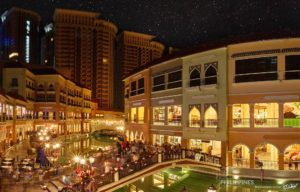
Located in the heart of the Taguig City, the Venice Grand Canal is a lifestyle mall development under the Megaworld Lifestyle Malls Located inside the
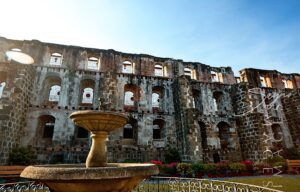
Located within the historic district of Intramuros, Manila, Padre Blanco Gardens—also known as Father Blanco’s Garden—offers a charming and romantic retreat amid centuries-old architecture. This
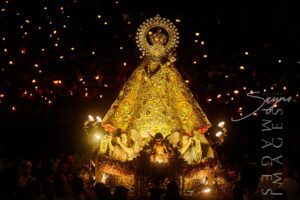
Every October, the vibrant streets of Quezon City come alive with faith, devotion, and rich cultural traditions during the Feast of La Naval de Manila.
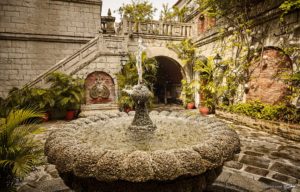
Casa Manila, located in the heart of Intramuros, Manila, is a living museum that transports visitors to the grandeur of the Spanish colonial era. As
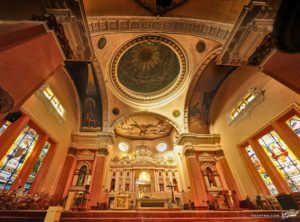
The Binondo Church is a historic church in Manila, located in the District of Binondo, near the Plaza San Lorenzo Ruiz. It was previously called
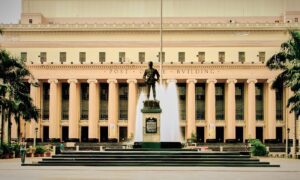
Nestled in the heart of Manila, Liwasang Bonifacio is a place where history, culture, and modern urban life converge. Formerly known as Plaza Lawton, this
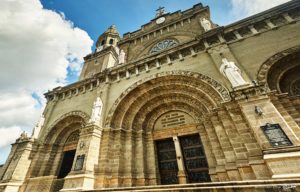
Originally built in 1880, the Manila Cathedral is the current version of the longstanding Church of Manila. It is a masterpiece of architecture that was
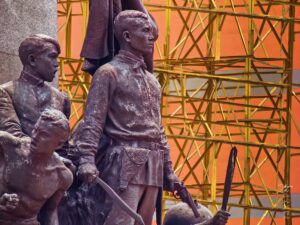
The Bonifacio Monument, also called Bonifacio Monumento or Monumento, proudly stands in Caloocan City, Metro Manila. It is a powerful symbol created by the National
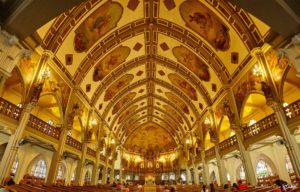
The Manila Abbey San Beda, or formally known as Abbey of Our Lady of Montserrat, is a Benedictine men’s monastery located along the streets of
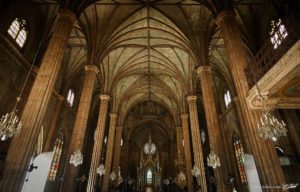
San Sebastian Church is a Roman Catholic Minor Basilica located in Quiapo, Manila. It’s also known as Minor Basilica of San Sebastian or San Sebastian
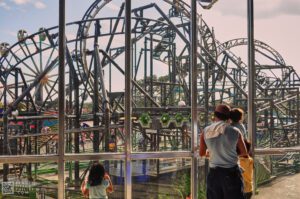
Nestled in the heart of Pasay City within the Cultural Center of the Philippines Complex, Star City stands as one of the premier amusement parks

Nestled at the crossroads of Las Piñas in Metro Manila and Bacoor in Cavite, the Zapote Bridge stands as a silent yet powerful witness to
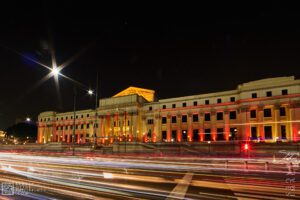
Manila, the vibrant capital of the Philippines, is home to a wealth of cultural and historical landmarks, and among its crown jewels is the National

I experienced the vibrant and colorful life of downtown in full. I took some time to appreciate the beauty of Santa Cruz Church and Plaza

The Padre Pio Chapel, also known as the St. Pio of Pietrelcina Chapel, holds a special place in my heart as a photographer. It revealed
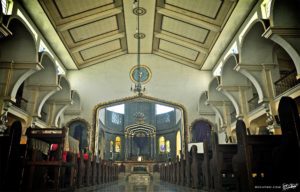
The Polo Church, formally known as the San Diego de Alcala Church, resides in the Polo neighborhood of Valenzuela, Manila. This church has a captivating
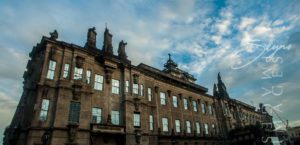
UST, also known as the University of Santo Tomas, is a private Roman Catholic university located in Sampaloc, Manila. It was founded on 28 April
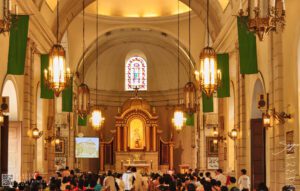
Malate Church stands as a profound symbol of faith, resilience, and artistry, preserving its sacred role and architectural splendor through centuries of triumphs and trials.
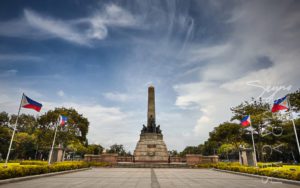
Located along Roxas Boulevard, Manila and adjacent to the century-old walled city of Intramuros, the Luneta National Park, or “Luneta” as many refer to it,
BROWSE BY CATEGORIES